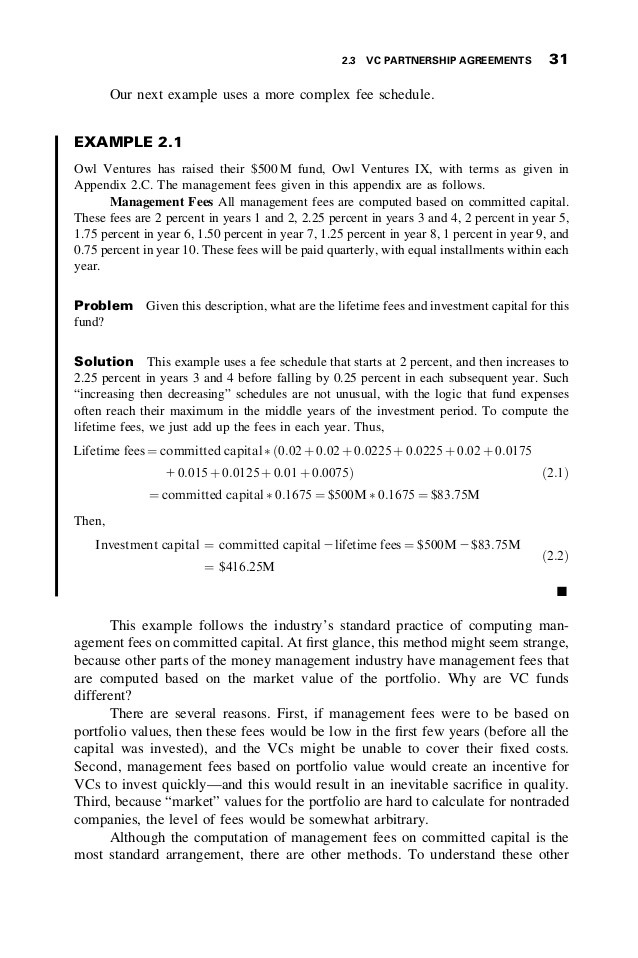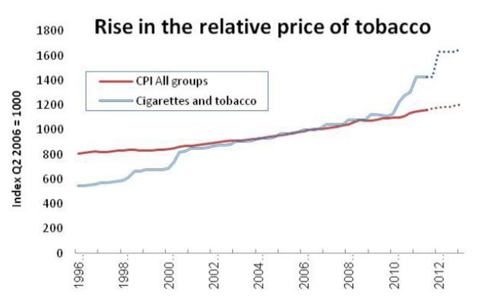Qualitative Analysis What Makes A Company Great Yahoo Finance New Zealand
Post on: 17 Июль, 2015 No Comment

RELATED QUOTES
Evaluating stocks involves two types of analysis: fundamental and technical. The former is all about number crunching while the latter uses up-and-down squiggly lines to chart a stock’s course. In the end, it’s all about being right more often than wrong. Investment professionals are constantly looking for that slight edge over the competition. One place they might easily overlook (but shouldn’t) is within the realm of qualitative analysis, a subjective area that is sometimes referred to as soft metrics. This refers to aspects of a public company that aren’t quantifiable or easily explained by numbers. In general, it’s an underappreciated and underutilized side of fundamental analysis.
The Usual Suspects
When conducting qualitative analysis of a company, most investment professionals look at the business model, competitive advantage in the industry, management and corporate governance. This helps to determine how a company makes money, its uniqueness versus the competition, which people are making the decisions and how they treat ordinary shareholders. Gathering all of this data can provide a better idea of how a company intends to grow its business while rewarding shareholders. However, it isn’t the entire picture. Touchy-feely subjects like satisfying the customer, rewarding employees and maintaining excellent supplier relationships matters as well.
The Unheralded
Understanding the qualities that make a company great involve more than a simple SWOT analysis (strengths, weaknesses, opportunities and threats) — that’s business school 101 stuff. To evaluate a company’s intangibles, one must dig below the surface and beyond the 10-K. Satisfaction is the key here and successful businesses have it in abundance.
If a company fails to satisfy employees, suppliers and customers, in this order, it’s only a matter of time before its stock price implodes. Arguments exist for both sides of the discussion. Some academics believe that customer satisfaction and employee satisfaction aren’t mutually exclusive. Just because employees are happy doesn’t guarantee customer loyalty. That might be so, however, Tony Hsieh, CEO of Zappos.com, the world’s biggest online shoe retailer, and winner of countless customer service awards, said in a May 2010 article in SUCCESS magazine that . Customer service is about making customers happy, and the culture is about making employees happy. So, really, we’re about trying to deliver happiness, whether it’s to customers or employees, and we apply that same philosophy to vendors as well. This winning attitude may have contributed to Amazon.com’s (Nasdaq:AMZN — News ) acquisition of the business for $1.2 billion in 2009.
Employee Satisfaction
Any company that’s truly interested in customer satisfaction must first meet the needs of its employees; otherwise, it’s putting the cart before the horse. JetBlue (Nasdaq:JBLU — News ) came to realize, in 2007, that it wasn’t doing a good job satisfying employees when it stranded thousands of its passengers because of a New York City ice storm. Employee morale dropped, and, with it, customer satisfaction. Up to that point, the company surveyed employees once a year looking for feedback. It needed to do more, and so it implemented Net Promoter, a scoring system that calculates how many employees are actively promoting the company, both as a place to work and as a place to do business. Once it began to look at employee satisfaction, department by department, it was able to deliver programs that put everyone on the same page, and results followed.

Employees are the face of any brand. The quickest way to destroy brand equity is to disrespect them. Once you’ve lost trust, it’s only a matter of time before you lose the customer. Without customers, you have no business! It’s a slippery slope that, privately owned software firm, SAS knows well. CEO and founder Jim Goodnight has been in charge for all 34 years, in business, and from the beginning, he’s emphasized employee benefits leading to 13 straight years on Fortune ‘s 100 Best Companies To Work For list. In its 2008 corporate social responsibility report, the company states, If you treat employees as if they make a difference to the company, they will make a difference to the company. At the heart of this unique business model is a simple idea: Satisfied employees create satisfied customers. Public companies are no different.
Most analysts would agree that market capitalization is greatly influenced by brand power. In a study by marketing gurus David Aaker and Robert Jacobson, 34 companies examined between 1989 and 1992 and found that those with the largest increase in brand equity averaged stock returns of 30% while the ones losing the most brand equity dropped 10% on average. If you’re not quite sold on the idea of customer satisfaction affecting stock prices, Forrester Research’s annual Customer Experience Index ranks the best and worst in customer service. Companies in the top 10 routinely outperform the S&P 500. If the findings are altered slightly to consider operating profits, the results are even more pronounced.
Satisfaction Guaranteed
Investors tend to spend most of their time worrying about quantitative analysis. Ratios like price-to-earnings and price-to-book get all the attention while numberless intangibles, like customer satisfaction, are left to annual surveys that are quickly swept under the carpet, never to be seen again. Let’s face it: we live in a quantitative world. Everything we do revolves around top 10 lists of one kind or another. We want a shortcut, and lists meet this need. Qualitative analysis, on the other hand, is tricky stuff, and most Warren Buffett wannabes find it too subjective. However, any business whose stock price has risen consistently over time has surely satisfied all its stakeholders. As Warren Buffett has been quoted saying many times in the past: Beware of geeks bearing formulas.














